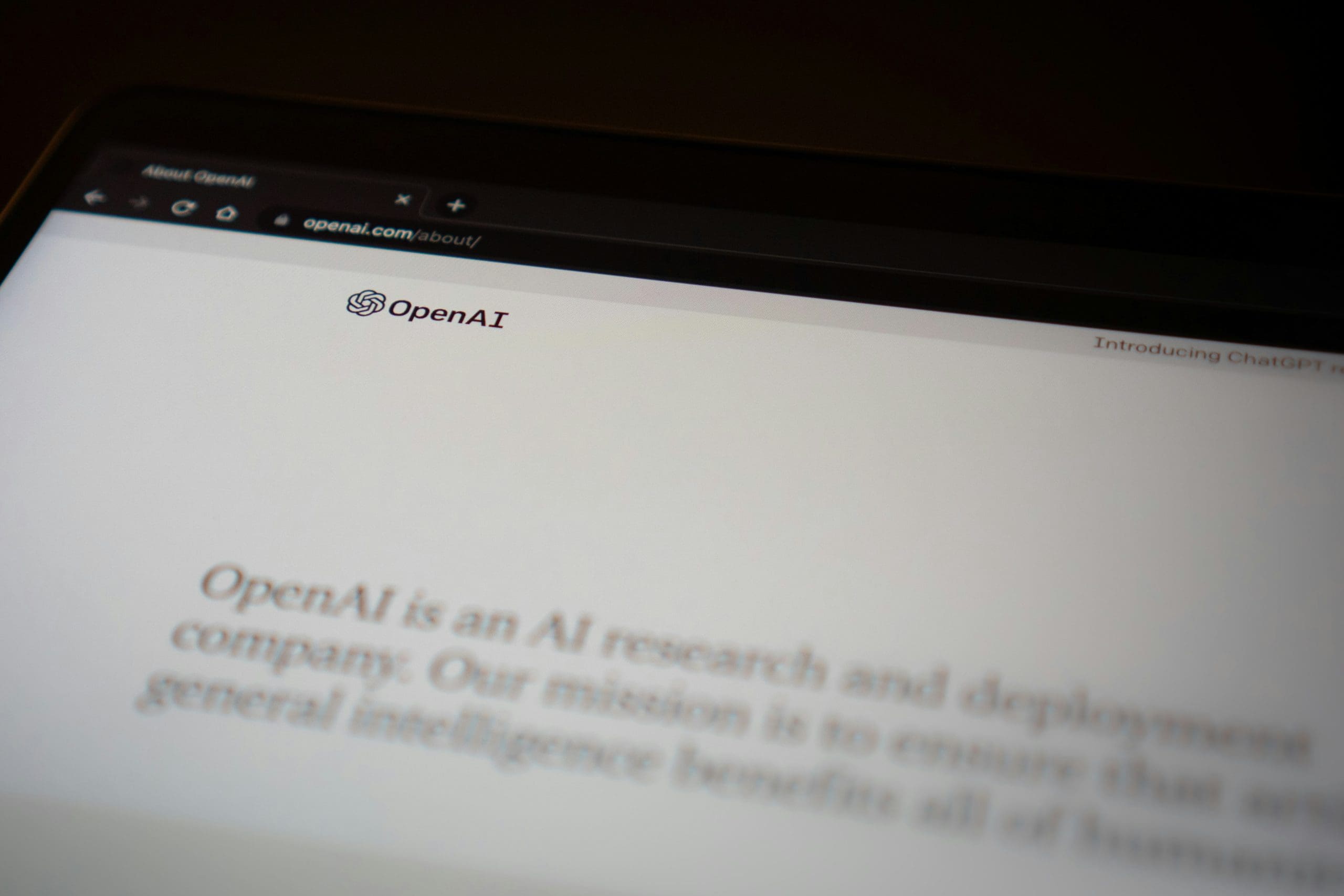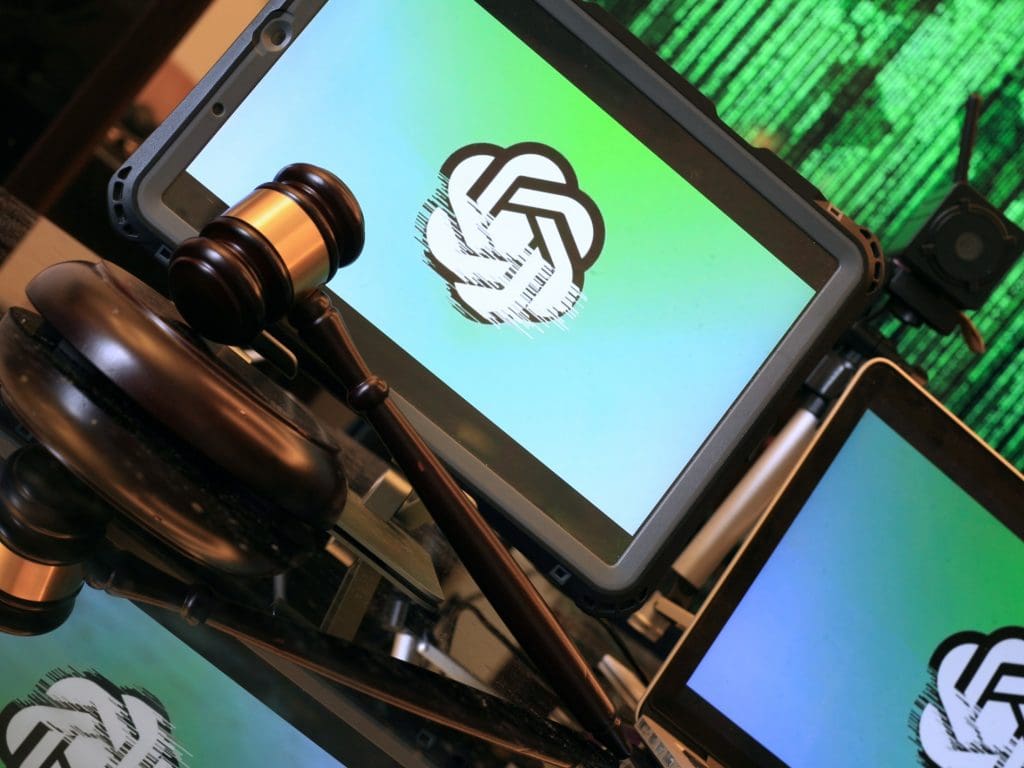In-Short
- OpenAI restricts access to its AI technologies from China and Hong Kong.
- Move reflects growing tech cold war and could reshape global AI dynamics.
- Chinese AI companies face challenges and opportunities with OpenAI’s exit.
- Global AI landscape may become more fragmented as countries align with AI superpowers.
Summary of OpenAI’s Decision and Its Implications
OpenAI has made a significant move by blocking access to its AI technologies in mainland China and Hong Kong, a decision driven by escalating geopolitical tensions and the ongoing tech rivalry. This strategic step is expected to have a profound impact on the AI landscape both within China and globally, potentially accelerating the tech decoupling between the US and Chinese tech ecosystems.
Impact on Chinese AI Companies
Chinese AI companies are now at a crossroads. The absence of OpenAI’s advanced models like GPT-4 could hinder the progress of startups and smaller firms that rely on these technologies. Yet, this could also ignite a surge in domestic innovation, pushing Chinese companies to develop their own AI solutions. Tech giants such as Alibaba, Baidu, and Tencent may lead this charge, bolstered by substantial government support and investments.
Global AI Dynamics
The repercussions of OpenAI’s decision extend beyond China, potentially leading to a more fragmented AI landscape worldwide. Countries may find themselves aligning with either the US or China based on their access to AI technologies, influencing international collaborations and the evolution of AI norms. This split could affect how nations perceive China’s growing AI sector and necessitate strategic positioning to avoid being seen as a threat.
Companies like Apple are already adapting by seeking local partnerships to comply with China’s AI regulations. The future of AI is thus not only shaped by technological advancements but also by the geopolitical strategies that govern its development and use.
Explore Further
For more in-depth information on this topic, please visit the original source.
Footnotes
Image Credit: Jonathan Kemper










